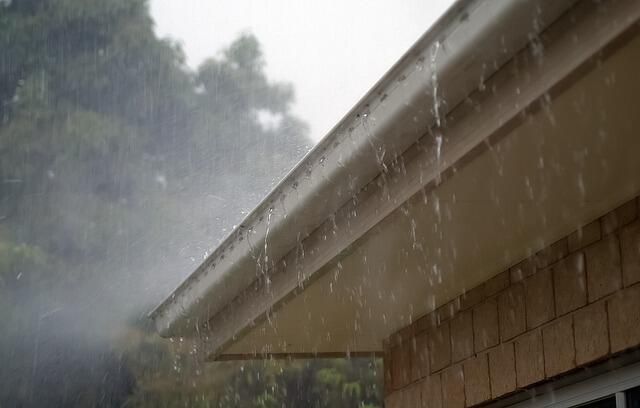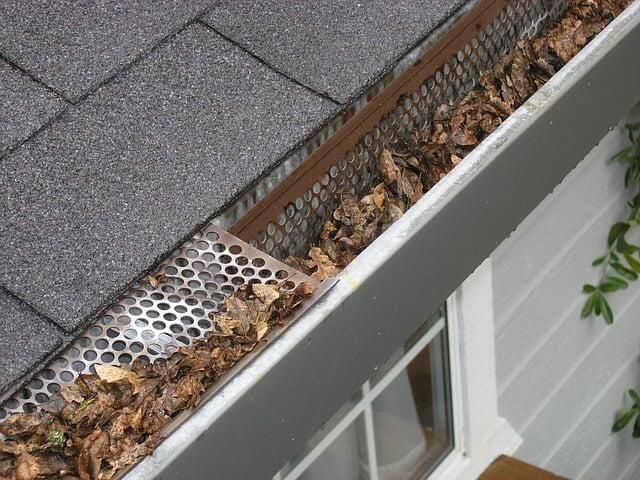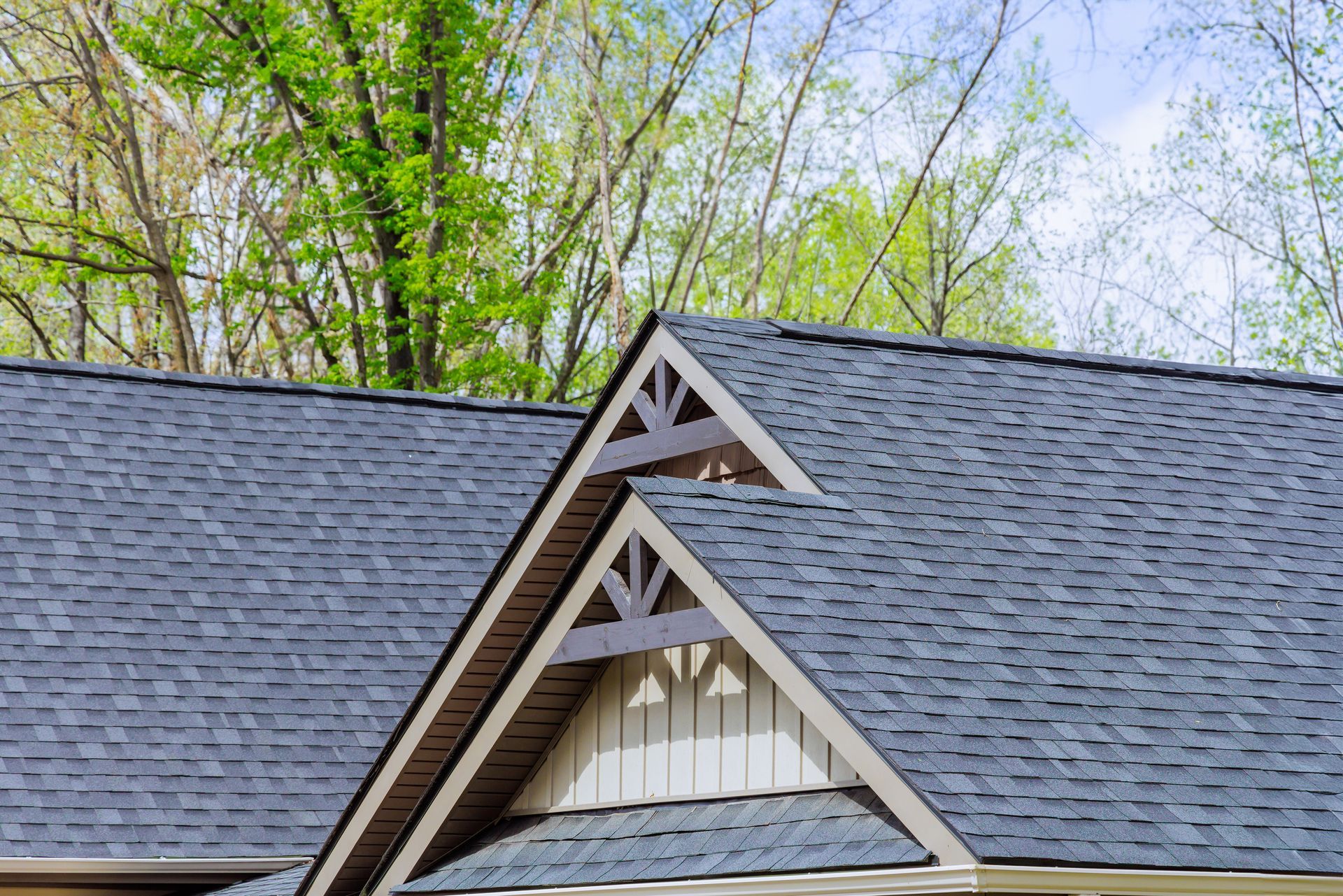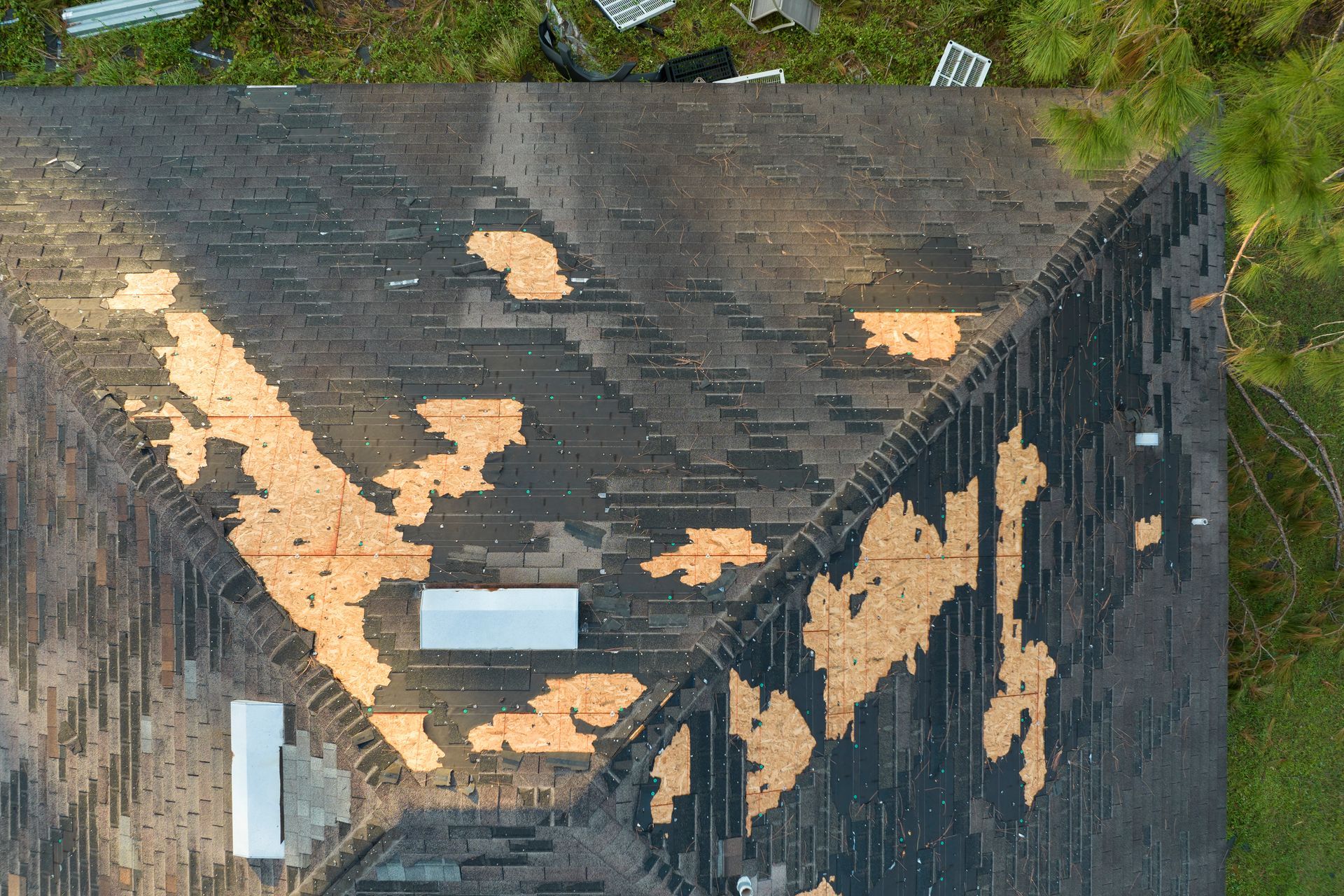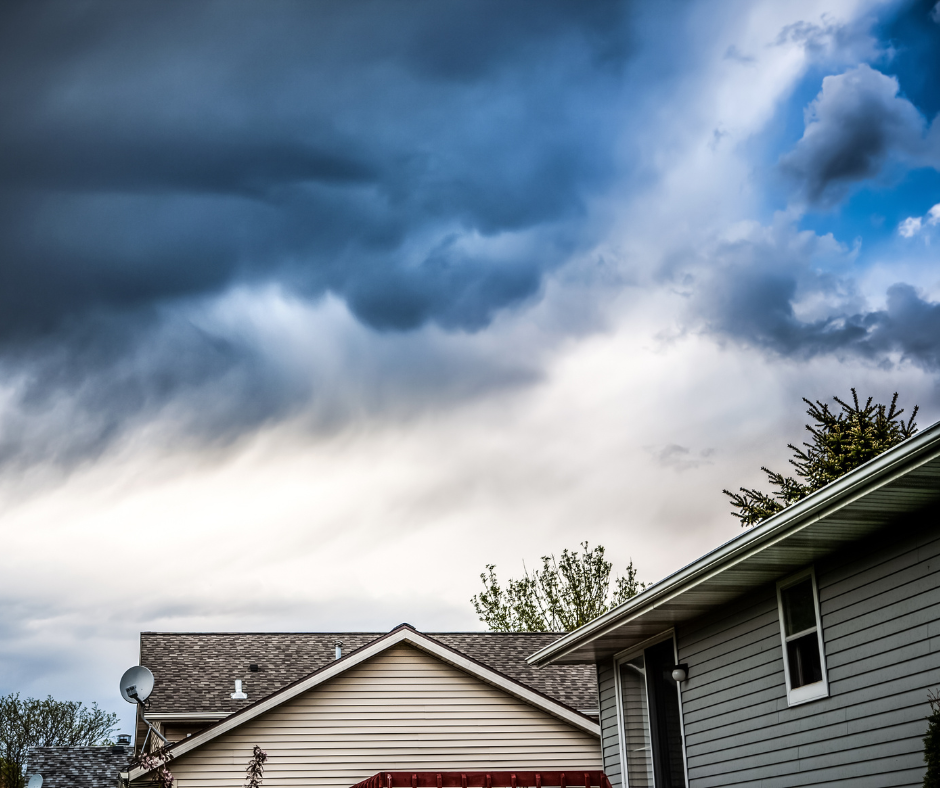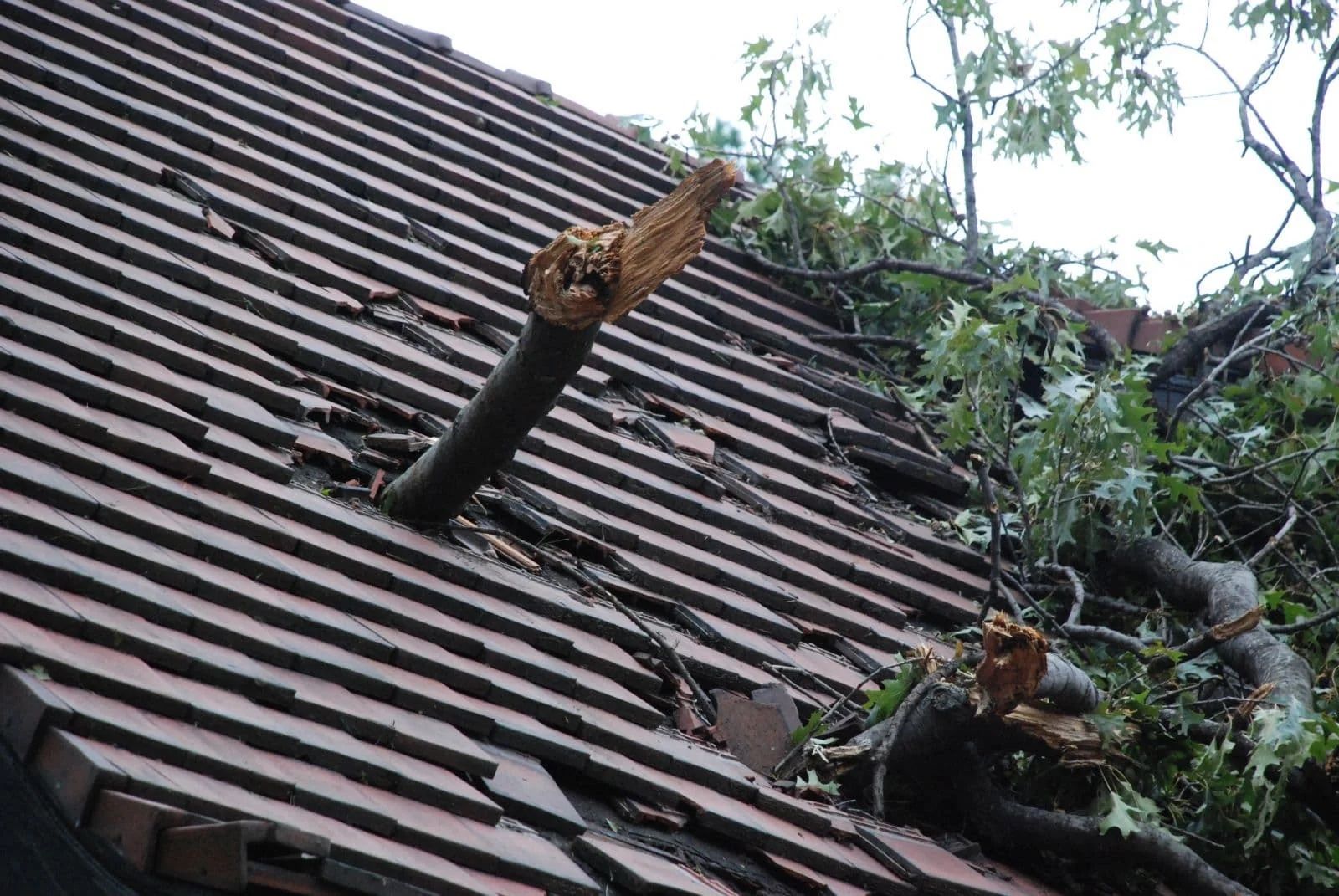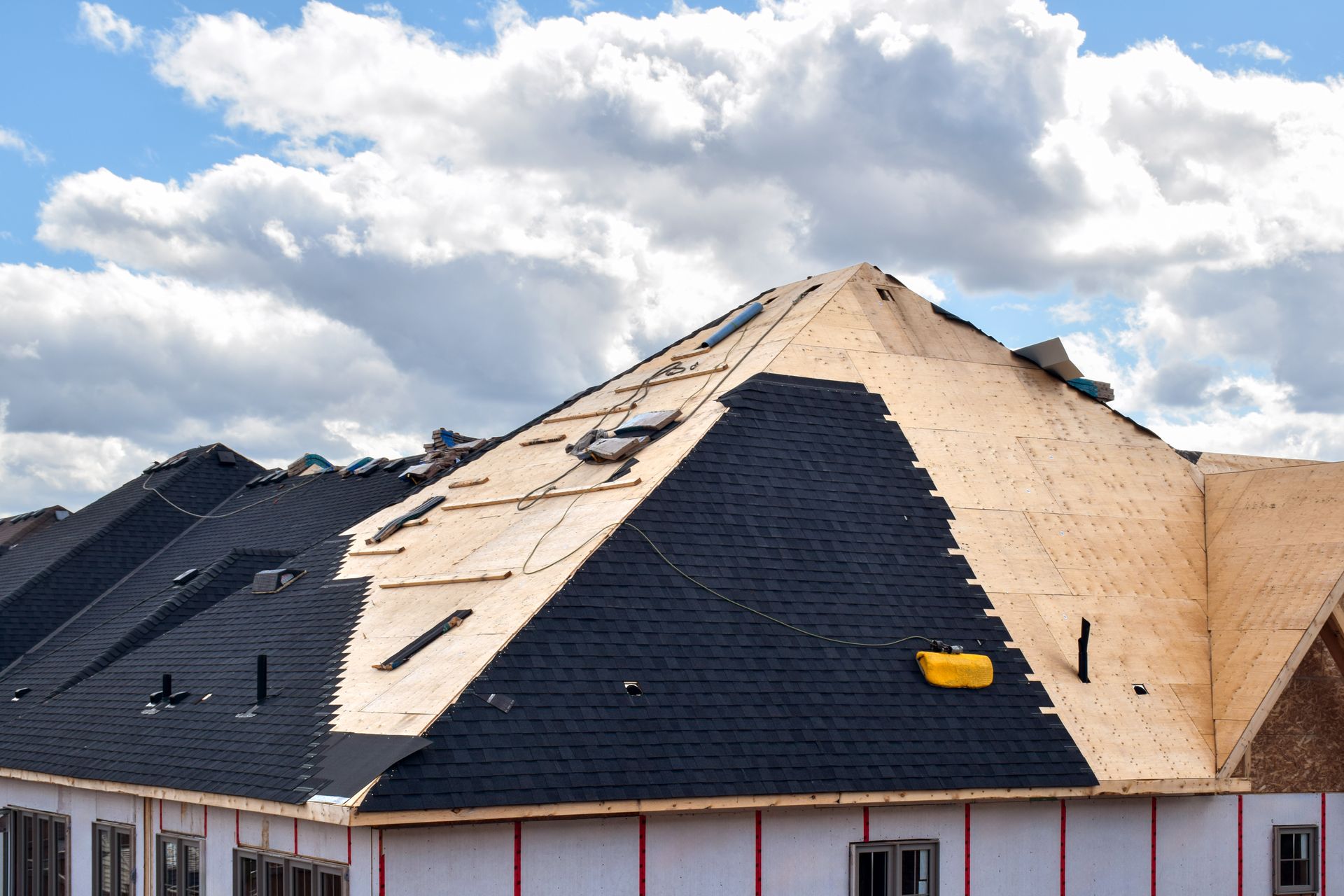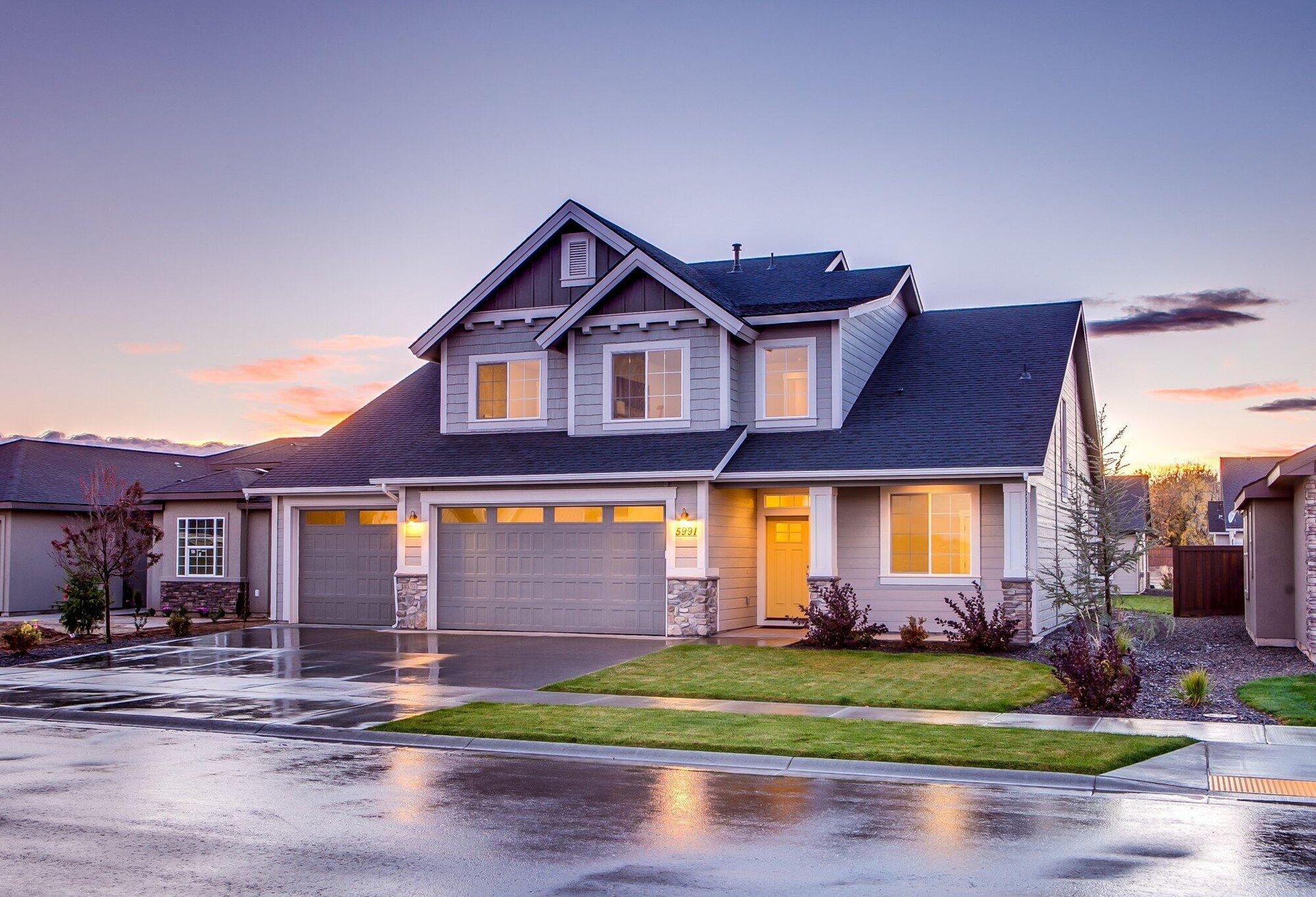
Have you ever wondered how long it might take to replace the roof over your head? Timing is a big concern for many homeowners planning repairs or upgrades. So you might be wondering, "How long does it take to install a roof?"
Today, we're taking a closer look at the typical roof installation timeline, what affects the schedule, and how to plan for the best results.
Factors That Affect the Roof Installation Timeline
When you ask how long it takes to install a roof, the answer can vary based on a few different things. Here are the biggest things that usually affect how long a roof installation takes:
- Size and Shape of the Roof
- Weather Conditions
- Type of Roofing Materials
- Crew Size and Experience
Size and Shape of the Roof
The size and shape of your roof play a big part in how long the installation will take. A small, simple roof can often be finished in a day or two.
A large or complex roof with lots of peaks and angles might take several days. Homes with steep slopes or multiple levels need more time since the work is harder and safety becomes a bigger concern.
Weather Conditions
The weather can easily impact the roof installation timeline. If it rains/snows, or the wind is strong, work usually has to stop for safety reasons.
Even very hot or very cold temperatures can slow things down because they affect the tools and the roofing materials. The best progress usually happens during mild, dry weather when crews can work full days without interruption.
Type of Roofing Materials
The type of materials you choose can change the timing of the job. Asphalt shingles, for example, are quicker to install than heavier materials like tile or slate.
Metal roofing usually falls somewhere in the middle. Some materials need special handling or extra time to fit properly, which can add days to the project.
Crew Size and Experience
The number of workers on the job and how much experience they have can also affect the schedule. A larger, more experienced crew can move much faster than a smaller or less trained team. Crews that have worked together for a long time often finish jobs more smoothly because they know how to stay organized and avoid mistakes.
How Long Does It Take to Install a Roof?
The truth is that while most jobs move quickly, the total time depends on several important factors. To help set the right expectations, here are the most common time frames based on the size and condition of the home:
- Small Homes Can Often Be Finished Quickly
- Medium-Sized Homes May Take Several Days
- Large or Complex Homes Could Take Up to a Week
Small Homes Can Often Be Finished Quickly
For small homes with a simple roof design, installation usually moves fast. In many cases, a full roof replacement can be done in just one or two days.
Homes that are under 2,000 square feet without steep slopes or lots of peaks usually fall into this group. A good crew working in mild weather can complete the tear-off and new installation in a very short window of time.
Medium-Sized Homes May Take Several Days
Homes that are around 2,000 to 3,500 square feet will often take between two and three days to complete. This timing depends on things like roof shape, number of valleys or ridges, and whether any repairs to the underlying decking are needed.
Weather delays can stretch this schedule. Even simple tasks like moving materials up and down can add extra hours if the project is larger.
Large or Complex Homes Could Take Up to a Week
For homes larger than 3,500 square feet or roofs with many complicated features, the project can last up to a full week. Roofs with multiple layers of old shingles to remove, and intricate designs, steep slopes, or special material installations need more time.
Any surprises like rotted wood underneath the shingles will extend the timeline, too. Crews may have to stop and make repairs before continuing the main installation work.
Best Time for Roofing Projects
The time of year you schedule roof service can make a big difference in how smoothly the project goes. There are a few main reasons why some seasons work better than others:
- Spring and Fall Offer the Best Weather
- Summer Heat Can Slow Down Work
- Winter Conditions Can Cause Delays
Spring and Fall Offer the Best Weather
Most roofing contractors agree that spring and fall are the best times for roofing projects. The temperatures are usually mild, and there is less chance of sudden storms compared to summer.
Mild weather allows crews to work full days without taking long breaks for safety or heat exhaustion. The materials also perform better when they are not exposed to extreme temperatures.
Summer Heat Can Slow Down Work
Summer is a busy season for roofers, but it can bring some problems. Very high heat can make shingles softer, which can slow the installation.
Roofers may need to take more breaks during the hottest parts of the day to stay safe. This can stretch out the roof installation timeline, especially during long heat waves.
Winter Conditions Can Cause Delays
Winter brings cold temperatures, snow, and ice, all of which can stop a roofing project in its tracks. Shingles often need a certain temperature to seal properly, and snow or ice can create dangerous working conditions. If you try to schedule roof service in the winter, you may face unexpected delays that push the project longer than planned.
Roofing Installation Tips
Knowing the answer to how long does it take to install a roof can help you plan your project with less stress.
At Prusak Roofing, we have proudly served homeowners and businesses in Bridgeview for over 55 years. As a family-owned company across three generations, we are known for dependable service, guaranteed quality, and unmatched roofing expertise.
Our certified teams work closely with each customer to meet their specific needs. When you choose us, you are trusting one of the most experienced roofing companies in the area.
Get in touch today to find out how we can help with your roofing issues!

